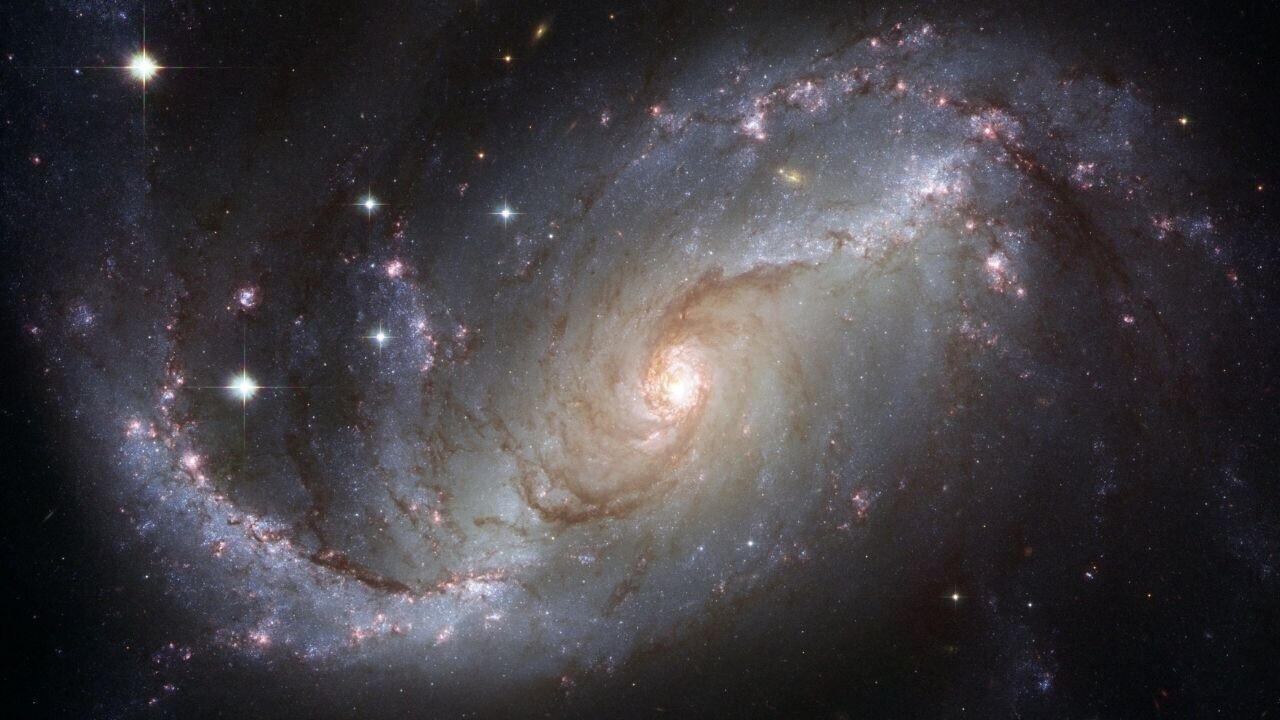Scientists have developed an AI system that can classify tens of thousands of galaxies in a few seconds, a process that can take months to do manually.
Up front: Astronomers classify galaxies by shape to understand how they form and evolve. But this can be a time-consuming job.
The researchers used convolutional neural network (CNN) architectures to hasten the task.
Per the preprint paper:
The key strengths of automated classification techniques, such as our CNN approach, ultimately lie in their speed and ability to generalise. Although training a CNN can be a computationally expensive undertaking, the speed with which it can classify galaxies once trained is orders of magnitude greater than what could ever be possible with manual classification.
The team developed a CNN architecture that outperforms existing models in classifying the morphologies of galaxies in both 3-class (elliptical, lenticular, spiral) and 4-class (+irregular/miscellaneous) schema. Its overall classification accuracies were 83% and 81% respectively.
They say it will be able to classify more than 100,000,000 galaxies at different distances from Earth and in different environments.
Quick take: The main advantage of using AI to classify galaxies is speed.
But lead study author Mitchell Cavanagh, a PhD student at the International Centre for Radio Astronomy Research (ICRAR), said the accuracy is also improving:
These neural networks are not necessarily going to be better than people because they’re trained by people, but they’re getting close with more than 80% accuracy, and up to 97% when classifying between ellipticals and spirals. If you place a group of astronomers into a room and ask them to classify a bunch of images, there will almost certainly be disagreements. This inherent uncertainty is the limiting factor in any AI model trained on labelled data.
Ultimately, the technique could deepen our understanding of how galaxies transform over time. Cavanagh says it could even shed light on the nature of the universe itself.
Get the TNW newsletter
Get the most important tech news in your inbox each week.






